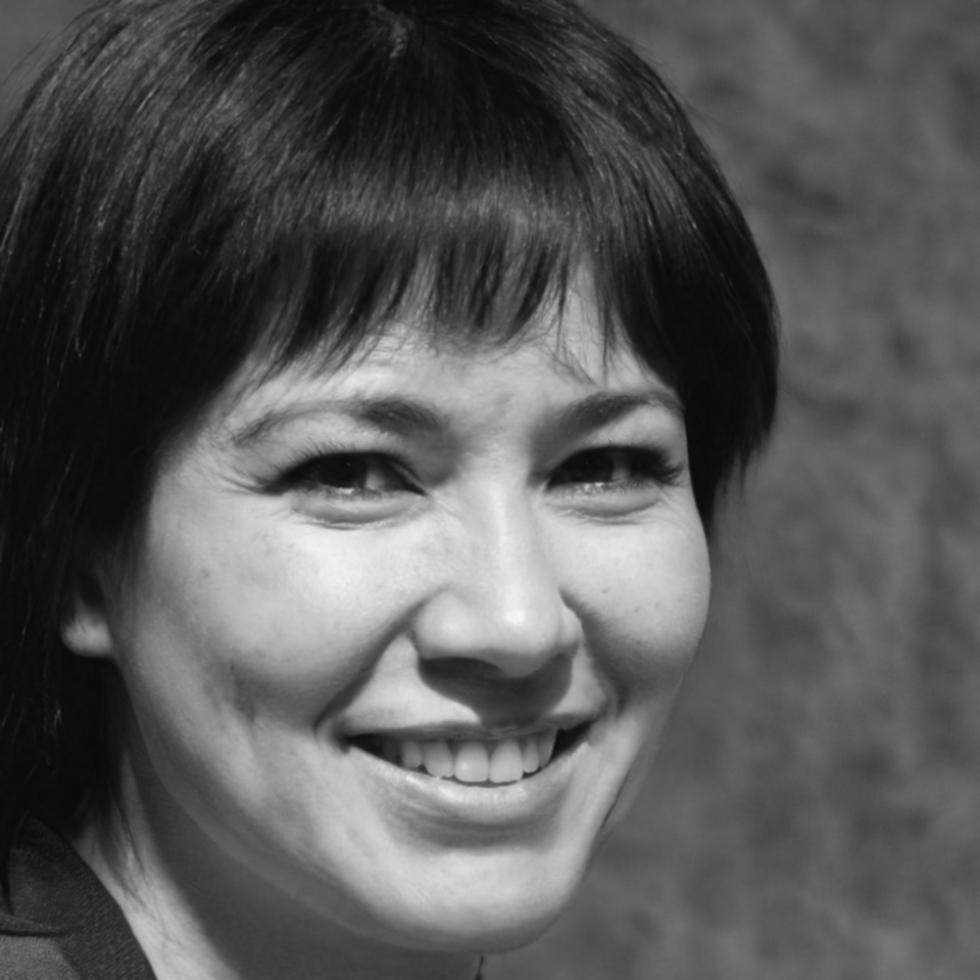Real Numbers Behind Better Budget Control
When you're managing finances for a growing business, static annual budgets become outdated fast. Markets shift. Costs change. Revenue patterns evolve. We've spent years working with Australian businesses to understand what actually moves the needle when it comes to rolling budget techniques.
The data we've collected since 2024 tells a clear story. Businesses that adopt flexible budgeting approaches don't just track their money better—they make smarter decisions faster.
What We've Learned From Working With Australian Businesses
Back in early 2024, we started tracking how businesses adapted their budgeting methods. Most were still using annual forecasts that got revised maybe once or twice a year. And honestly? It wasn't working.
One manufacturer in Mitchell told us they'd spend three weeks building their annual budget, only to have raw material costs jump 18% two months later. Everything they'd planned became guesswork again.
Rolling budgets changed that. Instead of looking at a fixed twelve months, they started working with continuous forecasts that updated quarterly. When costs shifted, they could adjust without throwing out the entire plan.
We tracked 47 businesses through this transition in 2025. The average time to spot financial issues dropped from 6 weeks to just over 2 weeks. That's the difference between catching a problem early and scrambling to fix it after damage is done.



Traditional vs Rolling Budget Approaches
Here's what actually changes when businesses move from fixed annual budgets to rolling forecasts. These numbers come from our work with clients across different industries throughout 2025.
| Budget Characteristic | Traditional Annual | Rolling Quarterly | Real Impact |
|---|---|---|---|
| Update Frequency | Once yearly | Every quarter | 4x more current data |
| Variance Detection | Monthly review | Weekly tracking | Earlier intervention |
| Market Responsiveness | Limited flexibility | Adaptive adjustments | Better risk management |
| Planning Horizon | Fixed 12 months | Continuous 12 months | Always current view |
| Resource Allocation | Locked at start | Adjustable quarterly | Optimized spending |
| Team Involvement | Annual process | Ongoing collaboration | Better buy-in |
| Forecast Accuracy | Degrades over time | Maintains relevance | Reliable projections |
People Behind The Analysis

Baxter Thornley
Financial Analysis Specialist
Baxter spent eight years working with manufacturing businesses before joining us. He knows what happens when forecasts don't match reality because he's lived through those budget meetings.

Sienna Kirkpatrick
Budget Implementation Lead
Sienna helps businesses transition from annual to rolling budgets. She's guided 31 companies through the process since mid-2024, tracking what works and what doesn't.

Freya Pemberton
Data Systems Coordinator
Freya manages the data infrastructure that makes rolling budgets possible. She builds the systems that turn monthly financials into actionable quarterly forecasts.